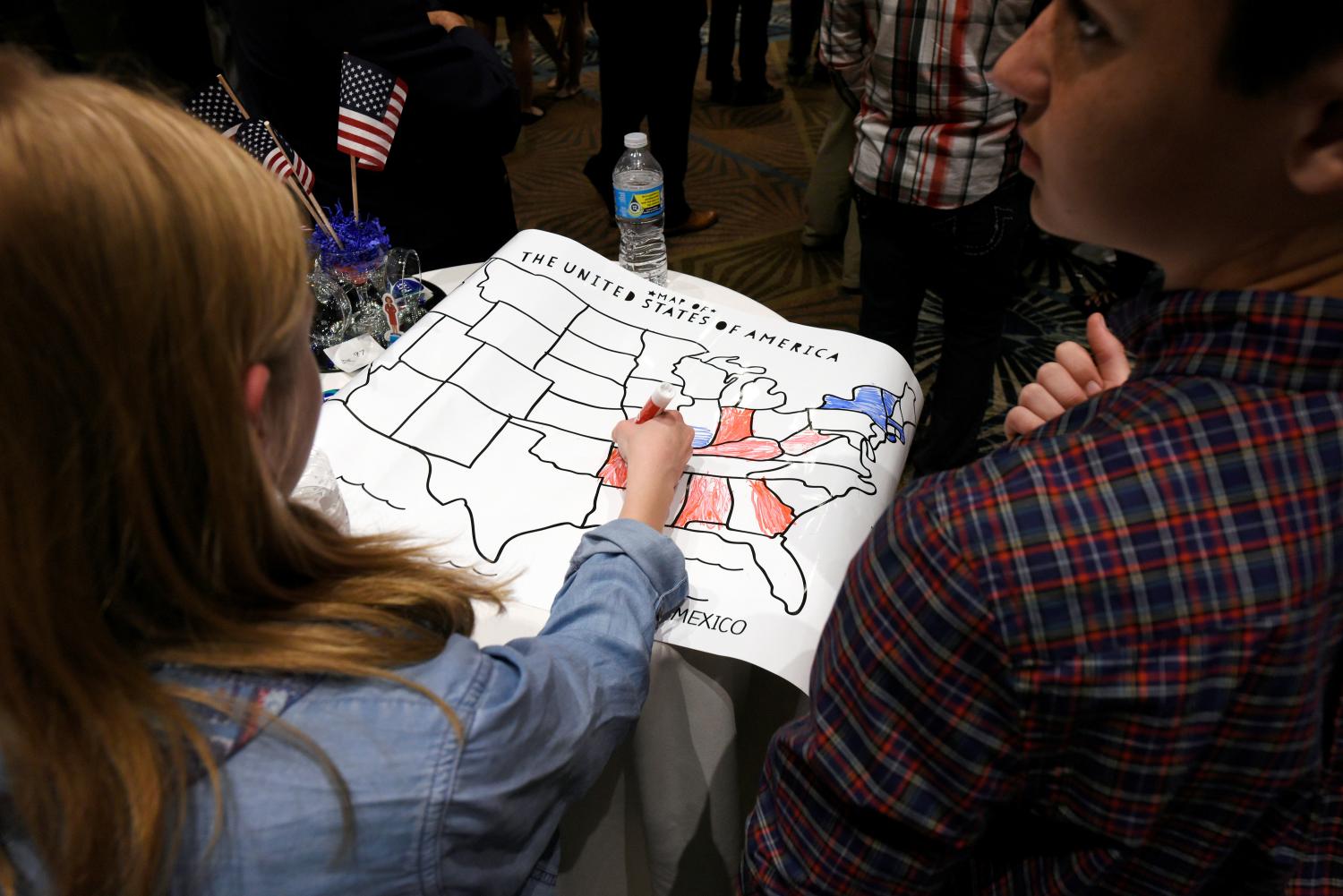Editor’s Note: Robert Atkinson further discusses key points in his newly released paper, Cut to Invest: Support the Designation of 20 “U.S. Manufacturing Universities,” proposing federal support of these institutions to advance manufacturing competitiveness through advanced research, innovation, and productivity.
American manufacturing is in crisis. Over the last decade the United States lost one-third of its manufacturing jobs, more than any other industrialized nation, and our total industrial production was actually less in 2010 than at the start of the 2000s. And for those who think the movement of manufacturing to lower cost countries is simply the natural order of things, you only need to look at the impact of manufacturing loss on innovation to see the true danger in this decline.
As industrial production has moved overseas, the engineering, product development and technology innovation that are key components of manufacturing has gone with it. And it is getting worse. Countries like China and India are pumping millions into their R&D and university infrastructure, while adopting mercantilist trade policies that are only enhancing our loss of intellectual property and technical know-how. Given this environment, the United States is in serious jeopardy of permanently losing the race for innovation advantage, further hampering our overall economy and the standard of living of our citizens.
In an effort to address this potential catastrophe and restore American leadership in manufacturing, the Information Technology and Innovation Foundation (ITIF) and the Brookings Institution Metropolitan Policy Program are proposing that the federal government support the designation of a core of approximately 20 leading “manufacturing universities.” This would include significant federal investment of $25 million per university and the creation of a network of industry-university partnerships that could provide the technical training and applied research necessary to transform American industries and assist us in better competing globally.
Designated universities would revamp their engineering programs with a focus on manufacturing engineering and curricula designed specifically for targeted industries. This would include: joint industry-university research projects; training of students that incorporates manufacturing experiences through co-ops or internships; and a focus on turning out more Ph.D. engineering grads who would work in industry. Ph.D.s would be transformed into high-level apprenticeships (as they often are in Germany), where industrial experience is a requirement for graduation. Likewise, criteria for faculty tenure would be reformed to include professors’ work with industry and the connection of research with industrial applications, as much as their number of publications. In addition, designated universities would also introduce new programs in their business schools that focus on manufacturing issues, including management of production, and integrate more closely with their engineering schools.
One, though not the only model, is the Olin College of Engineering in Massachusetts, which re-imagined engineering education and curriculum to prepare students “to become exemplary engineering innovators who recognize needs, design solutions, and engage in creative enterprises for the good of the world.”
In 1862, Congress passed the Morrill Act that established land-grant colleges whose mission was to promote learning in agriculture and mechanic arts. These institutions later became leaders in mechanization of agriculture, the American Industrial Revolution and the tremendous expansion of our economy in the 20th century. Today, the challenges America faces are even more pervasive, as a wide array of nations are already ahead in the race for global innovation advantage, particularly in manufacturing. A new cadre of “manufacturing universities” can be a key part of the solution.
The Brookings Institution is committed to quality, independence, and impact.
We are supported by a diverse array of funders. In line with our values and policies, each Brookings publication represents the sole views of its author(s).





Commentary
Creating the Manufacturing University
January 14, 2013